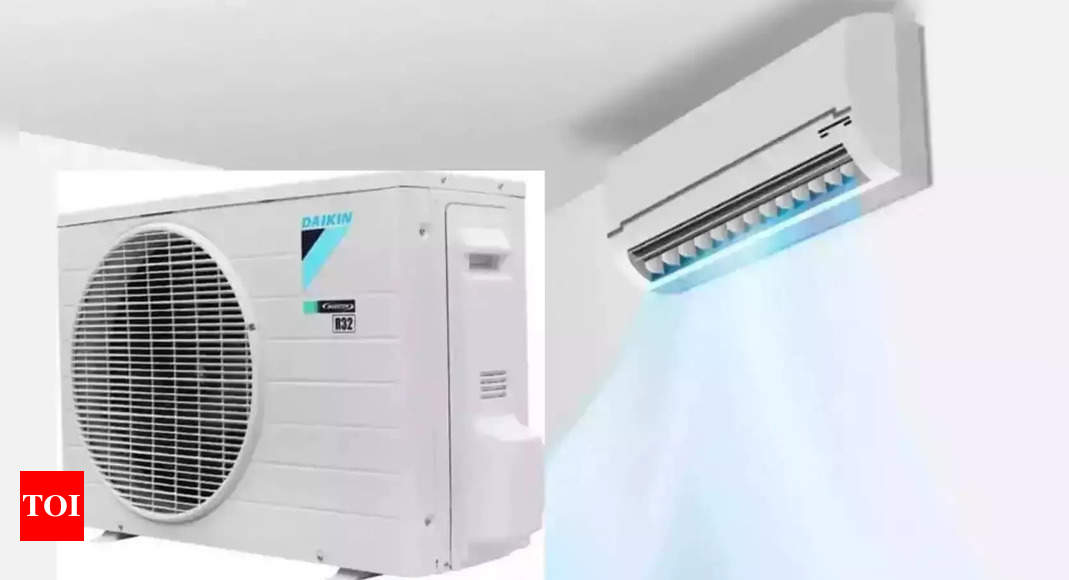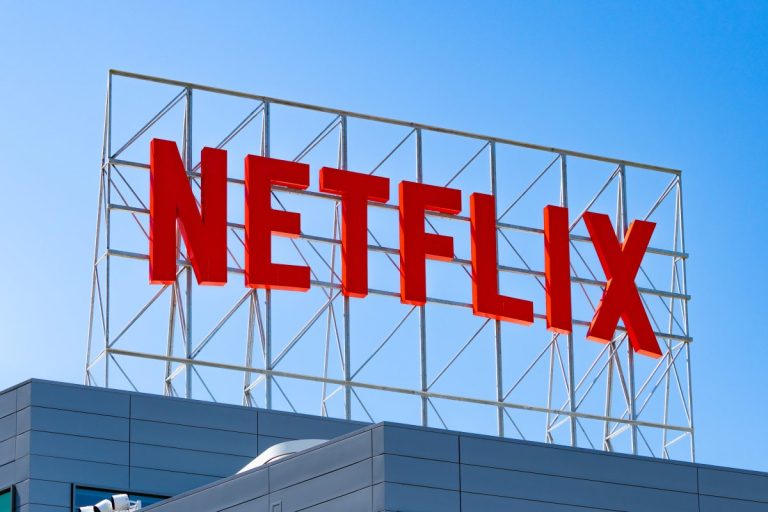
Consumers looking to purchase consumer electronic goods in India may face a price increase of 2-5% starting this month, according to the Economic Times report. Major manufacturers like Samsung, Havells, Bajaj Electricals, and V-Guard Industries have reportedly either already raised prices or are planning to do so soon.
This price hike is said to have come comes after nearly nine months of stable prices.The country’s second-largest home appliances manufacturer, Samsung Electronics India, reportedly informed its trade partners last week through a WhatsApp message that “considering rupee depreciation leading to increase in input cost, we are looking at price hike from next month (June) in HA (home appliances) categories to the tune of 2.5%”.
The report quotes industry executives and attributes increase in AC, TV, refrigerator and other consumer electronic goods’ prices to a combination of factors, including:
* Increased input costs: Key raw materials like copper and aluminum have seen a significant inflation rate of 20-25% in recent months.
* Higher freight costs: The Red Sea crisis has disrupted shipping lanes, leading to a two- to threefold increase in freight costs.
Rupee depreciation: The weakening of the Indian rupee against the US dollar has made imports more expensive.
The Economic Times report says that the price hikes will vary depending on the product category. Anil Rai Gupta, the managing director of Havells, confirmed a price rise in cables and wires and projected a 5-7% increase for air-conditioners and refrigerators due to soaring costs of copper and aluminum1. He emphasized that the slim margins in the consumer durables sector necessitate passing on the increased input costs to consumers, especially for products like cable wire where margins are notably thin1.
The industry is also experiencing a rise in the cost of components such as compressors and open cell panels used in televisions by 5-6%, while freight costs have multiplied1. With the rupee trading at Rs 83.44 against the US dollar, companies that had previously set their foreign exchange rates at ₹81-82 are now facing additional financial pressure1.
Kamal Nandi, the business head of Godrej Appliances, stated that the cumulative impact on input costs is around 2-3%, making a price increase unavoidable. Similarly, television manufacturers are contemplating a 4-6% price hike in June, although smaller brands may adjust prices later depending on market demand.
This price hike is said to have come comes after nearly nine months of stable prices.The country’s second-largest home appliances manufacturer, Samsung Electronics India, reportedly informed its trade partners last week through a WhatsApp message that “considering rupee depreciation leading to increase in input cost, we are looking at price hike from next month (June) in HA (home appliances) categories to the tune of 2.5%”.
The report quotes industry executives and attributes increase in AC, TV, refrigerator and other consumer electronic goods’ prices to a combination of factors, including:
* Increased input costs: Key raw materials like copper and aluminum have seen a significant inflation rate of 20-25% in recent months.
* Higher freight costs: The Red Sea crisis has disrupted shipping lanes, leading to a two- to threefold increase in freight costs.
Rupee depreciation: The weakening of the Indian rupee against the US dollar has made imports more expensive.
The Economic Times report says that the price hikes will vary depending on the product category. Anil Rai Gupta, the managing director of Havells, confirmed a price rise in cables and wires and projected a 5-7% increase for air-conditioners and refrigerators due to soaring costs of copper and aluminum1. He emphasized that the slim margins in the consumer durables sector necessitate passing on the increased input costs to consumers, especially for products like cable wire where margins are notably thin1.
The industry is also experiencing a rise in the cost of components such as compressors and open cell panels used in televisions by 5-6%, while freight costs have multiplied1. With the rupee trading at Rs 83.44 against the US dollar, companies that had previously set their foreign exchange rates at ₹81-82 are now facing additional financial pressure1.
Kamal Nandi, the business head of Godrej Appliances, stated that the cumulative impact on input costs is around 2-3%, making a price increase unavoidable. Similarly, television manufacturers are contemplating a 4-6% price hike in June, although smaller brands may adjust prices later depending on market demand.





